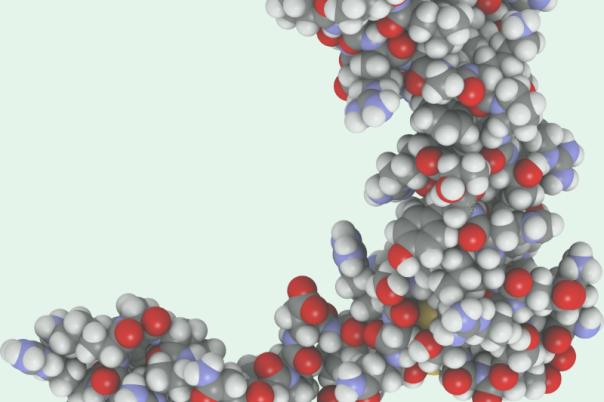According to a study of the longest-lived supercentenarian, extremely advanced ageing and poor health are not intrinsically linked. Supercentenarians are humans who live until or beyond their 110th birthday.
A global team of researchers collected blood, saliva, urine, and stool samples from a supercentenarian one year before she died aged 117. These samples were used to analyse her genome, epigenome, transcriptome, proteome, metabolome, and microbiome.
Results of the analysis indicated that although her body showed obvious signs of extreme ageing, like short telomeres and aged populations of B lymphocytes, various biological factors shielded her from diseases that typically have a higher incidence in the final years of life.
The study was led by Professor Manel Esteller from the Josep Carreras Leukaemia Research Institute in Barcelona. The research suggests that the supercentenarian presented a combination of rare variants in multiple genes linked to cardioprotection and neuroprotection, likely promoting her longevity.
Additionally, her blood analyses uncovered that she had low levels of inflammation and very efficient cholesterol and fat metabolism, which are protective against diseases like diabetes and cardiovascular disease.
Regarding her microbiome, the supercentenarian retained a gut microbiome similar to that of a much younger person. She produced notably high levels of Bifidobacterium, which are connected to low levels of inflammation. Finally, the team tested her biological age by creating an epigenetic clock based on her pattern of DNA methylation and found that she was 23 years younger than her chronological age.
The findings presented in this study offer preliminary insights into human ageing and suggest biomarkers of healthy ageing and potential strategies to increase life expectancy. However, other factors such as diet and environment are also likely to have contributed to her longevity.
Given that only one subject was used, Researchers should exercise caution when referring to this study. Further studies with larger cohorts are essential before applying these findings to the general population.








